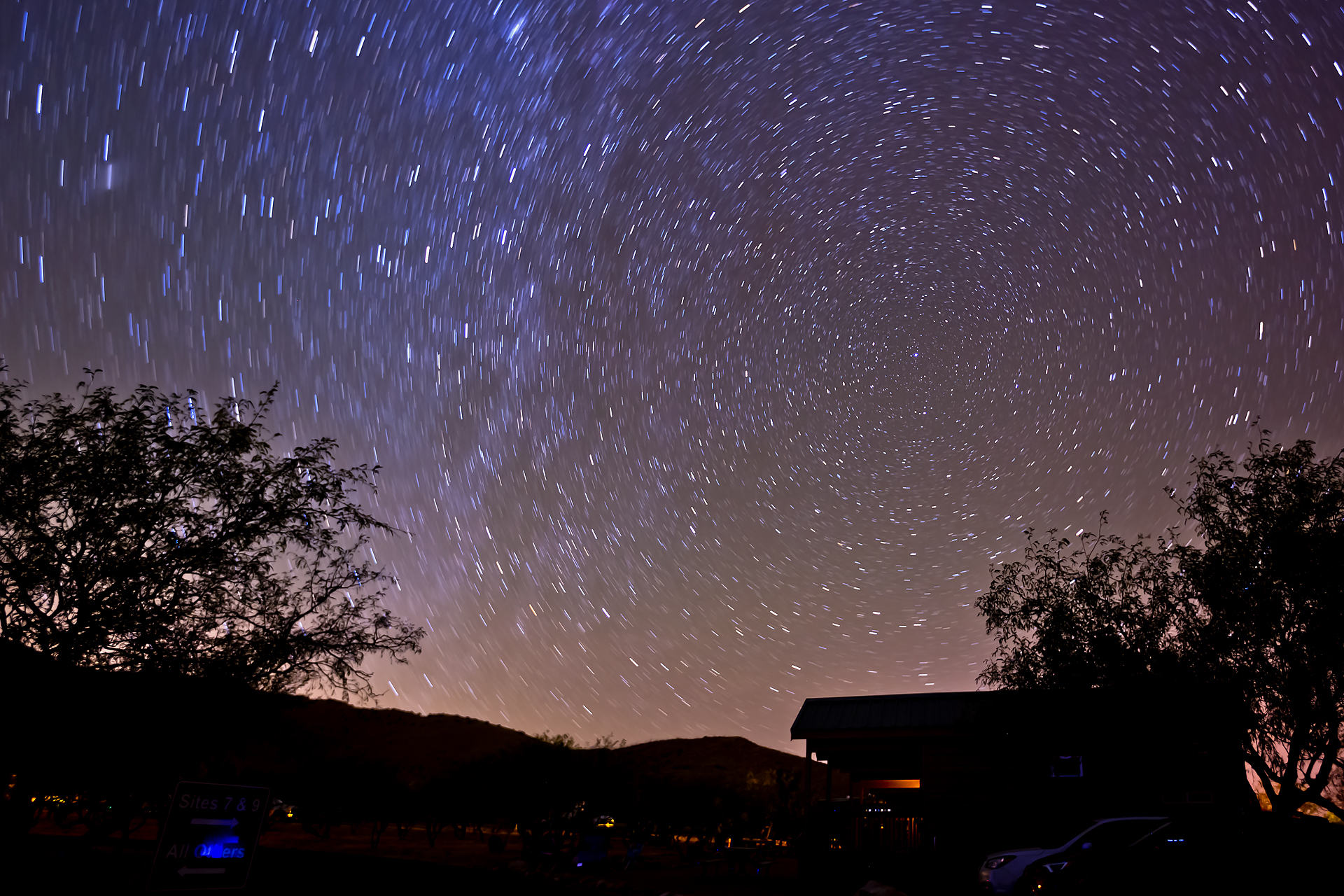Please see our Cave Tours page for information on how to prepare for your visit.
No cave tours will be available on October 21-22 due to a staff training event.
Star Party at Kartchner Caverns!
Kartchner Caverns State Park
October 18, 2025 1-9 p.m.

Want to learn more about the stars and planets? Do you have any little ones curious about the cosmos? Then head to Kartchner Caverns, an International Dark Sky Park, for a star party!
Star parties are popular draws for people who want to take advantage of the chance to learn from knowledgeable and experienced local astronomers.
Volunteers from the Huachuca Astronomy Club will be setting up telescopes and sharing their vast knowledge of planets, stars and star clusters, nebulae, and other wonders to be seen in the dark night sky.
There is no additional program cost but standard park entry fees apply ($10 per vehicle), except for Arizona State Park annual pass holders, or visitors with cave tour or camping reservations. Dress appropriately for the weather. Bring a red light flashlight or ask a ranger for a filter. The event is weather permitting; inclement weather or poor viewing conditions may result in cancellation.
Featured speaker: Vinicius Placco, Associate Astronomer with the NSF NOIRLab
Vini has a BSc in Physics, MSc and PhD in Astrohysics from Universidade de São Paulo (Brazil). Postdoctoral Fellow at Universidade de São Paulo (Brazil) and NOAO (Arizona, USA). Science Fellow at the Gemini Observatory (Hawaii, USA) and Research Assistant Professor at the University of Notre Dame (Indiana, USA). Currently Associate Astronomer and Head of the US National Gemini Office at NSF NOIRLab (Arizona, USA).
Topic: A tale of two stars: Revealing the Chemical Evolution and Age of the Universe
The chemical elements we see today in the Sun, the Earth, and our bodies are the result of the complex evolution of many generations of stars across the universe, starting with the very first stars to be formed over 13 billion years ago. By comparing the chemical fingerprints found in old stars in the Milky Way with theoretical predictions, we can construct a compelling narrative about how the Universe evolved from having only hydrogen and helium to the chemical diversity we observe today. In this presentation, I will introduce two stars, BD+44 493 and RAVE J203843.2-002333, and show how these unique objects provide us with two pieces in this intricate puzzle that is the evolution of our Galaxy and the universe.
MORE EVENTS
-
Saturday, October 18, 2025
Bat Fest
Join park rangers, partners and vendors for this day long celebration of our flying friends!
-
FULL - STAY TUNED FOR 2026 DATES
Lint Camp
Get involved with conservation work at Kartchner Caverns with this public volunteer opportunity held four times annually. The program involves gently brushing lint off of curbs and rocks near the trail system.


